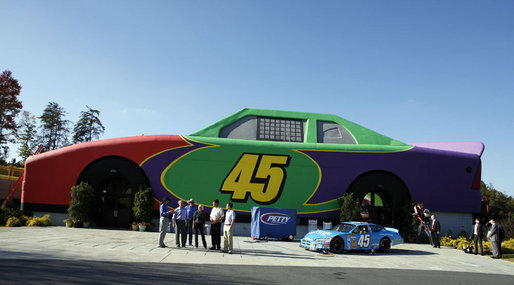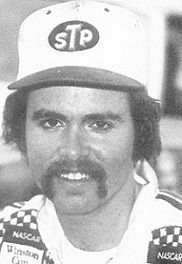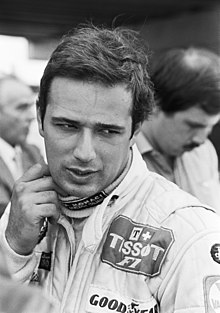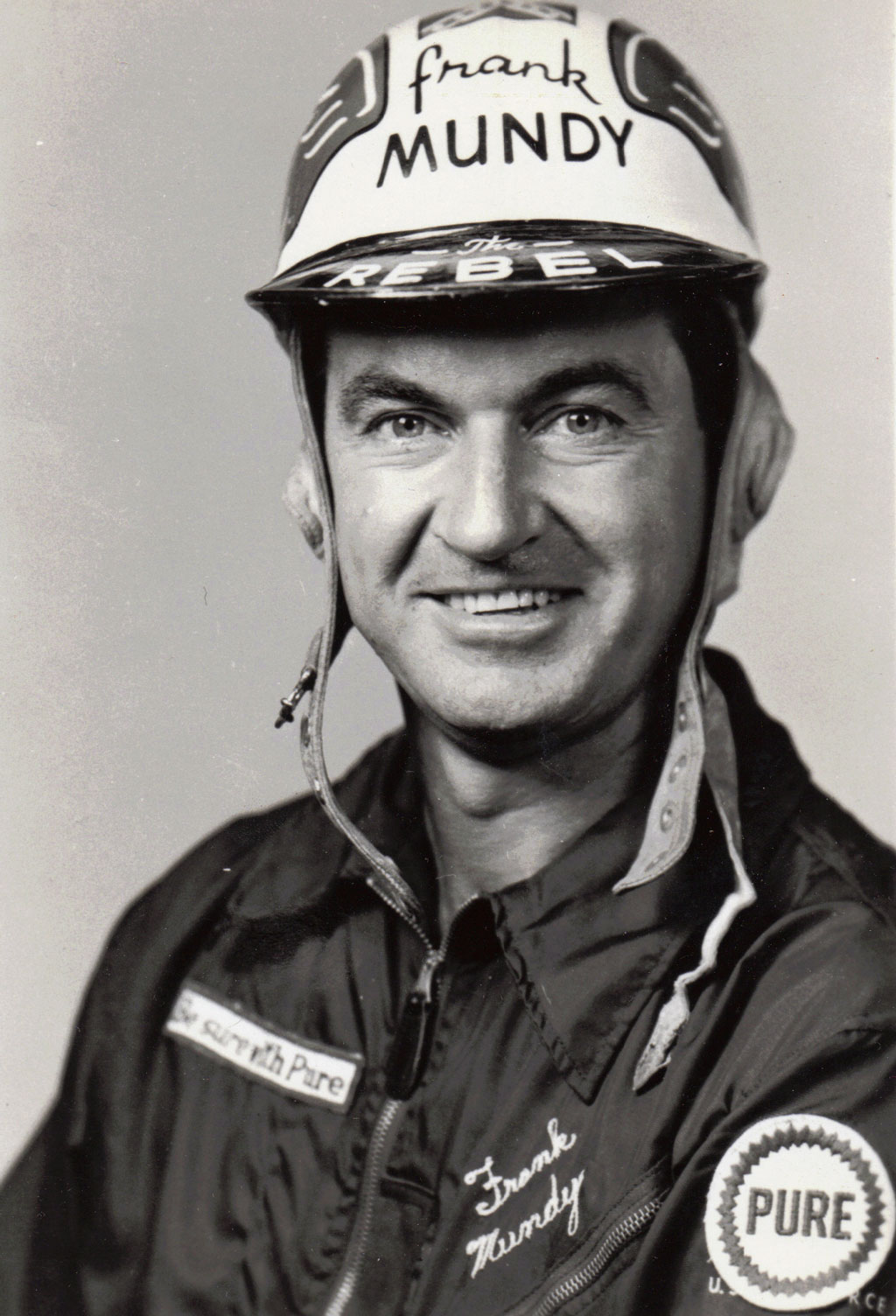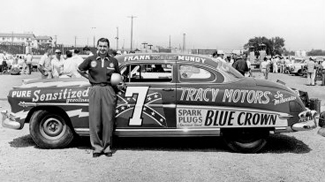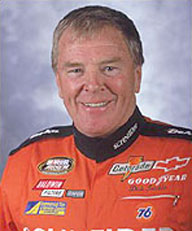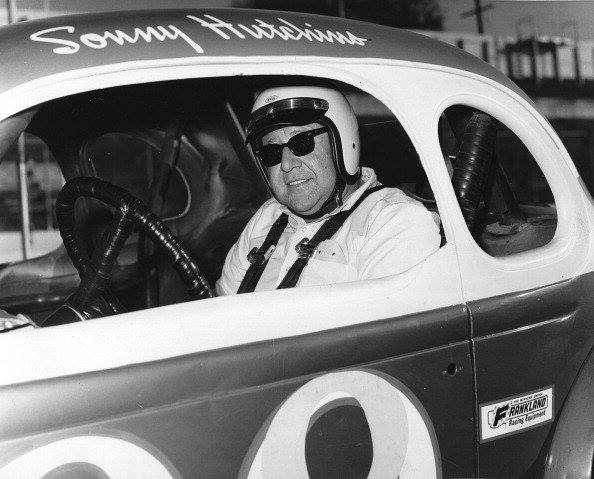July 10, 1980 – May 12, 2000
Adam Petty
(Photo; www.findagrave.com)
Born in Trenton, New Jersey, USA.
Petty was raised in High Point, North Carolina into stock car racing "royalty". The son of Kyle Petty, he was widely expected to become the next great Petty, following in the footsteps of his father, grandfather Richard, and great-grandfather Lee. He was the first known fourth-generation athlete in all of modern American motor sports to participate in the chosen profession of his generations.
Petty began his career in 1998, shortly after he turned 18, in the ARCA RE/MAX Series. Like his father Kyle, he won his first ARCA race, driving the #45 Sprint/Spree sponsored Pontiac at Lowe's Motor Speedway.
Petty moved to NASCAR Busch Series full-time in 1999, driving the #45 Sprint-sponsored Chevrolet. Petty finished sixth in his first Busch Series race at Daytona and had a best finish of fourth place, though he also failed to qualify for three of the Busch races. Petty finished the 1999 season 20th overall in points.
Petty Enterprises planned to have Petty run a second Busch season in 2000, while giving him seven starts in the 2000 NASCAR Winston Cup series, in preparation for a full Winston Cup campaign in 2001. He struggled early in the Busch season, but managed to qualify in his first attempt at Winston Cup during the DirecTV 500 at Texas Motor Speedway on April 2. He qualified 33rd and ran in the middle of the pack most of the day before his engine expired, forcing him to finish 40th. Adam never got to race alongside his father. Kyle failed to qualify and eventually relieved an ill Elliott Sadler, but Adam was already out of the race. Lee Petty, Adam's great-grandfather, and 3-time NASCAR Champion, lived to see his Winston debut, but died just three days later.
In a practice session for the Busch series Busch 200 race at the New Hampshire Motor Speedway, Petty's throttle stuck wide open at turn three, causing the car to hit the outside wall virtually head on. Petty was killed instantly due to a basilar skull fracture. He was 19 years old.
Kyle Petty, Adam's father, who drove the #44 car at the time of the crash, drove Adam's #45 car in the Busch Series for the remainder of 2000. He then used the #45 in the NASCAR Sprint Cup Series throughout the rest of his driving career.
In October 2000 five months after Petty's death, his family partnered with Paul Newman and the Hole in the Wall Gang Camp to begin the Victory Junction Gang Camp in Randleman, North Carolina, as a memorial to Petty. The camp has received support from many NASCAR drivers, teams, and sponsors, including Cup Series sponsor Sprint, which has placed a replica of Petty's 1998 car in the camp. The Victory Junction Gang camp began operation in 2004, and is an official charity of NASCAR. Petty also appears as a special guest driver in the video games NASCAR 2000, NASCAR Rumble, NASCAR 2001 and NASCAR Arcade.
In December 2013, his brother Austin named his newborn son after Adam in tribute.
Photo;"George W. Bush at Victory Junction Gang Camp - Randleman, N.C. with NASCAR drivers" by Paul Morse.
President George W. Bush is joined at Adam's Race Shop on the grounds of Victory Junction Gang Camp, Inc., in Randleman, N.C., by NASCAR drivers Kyle Petty, Richard Petty, Michael Waltrip and Jimmie Johnson.

